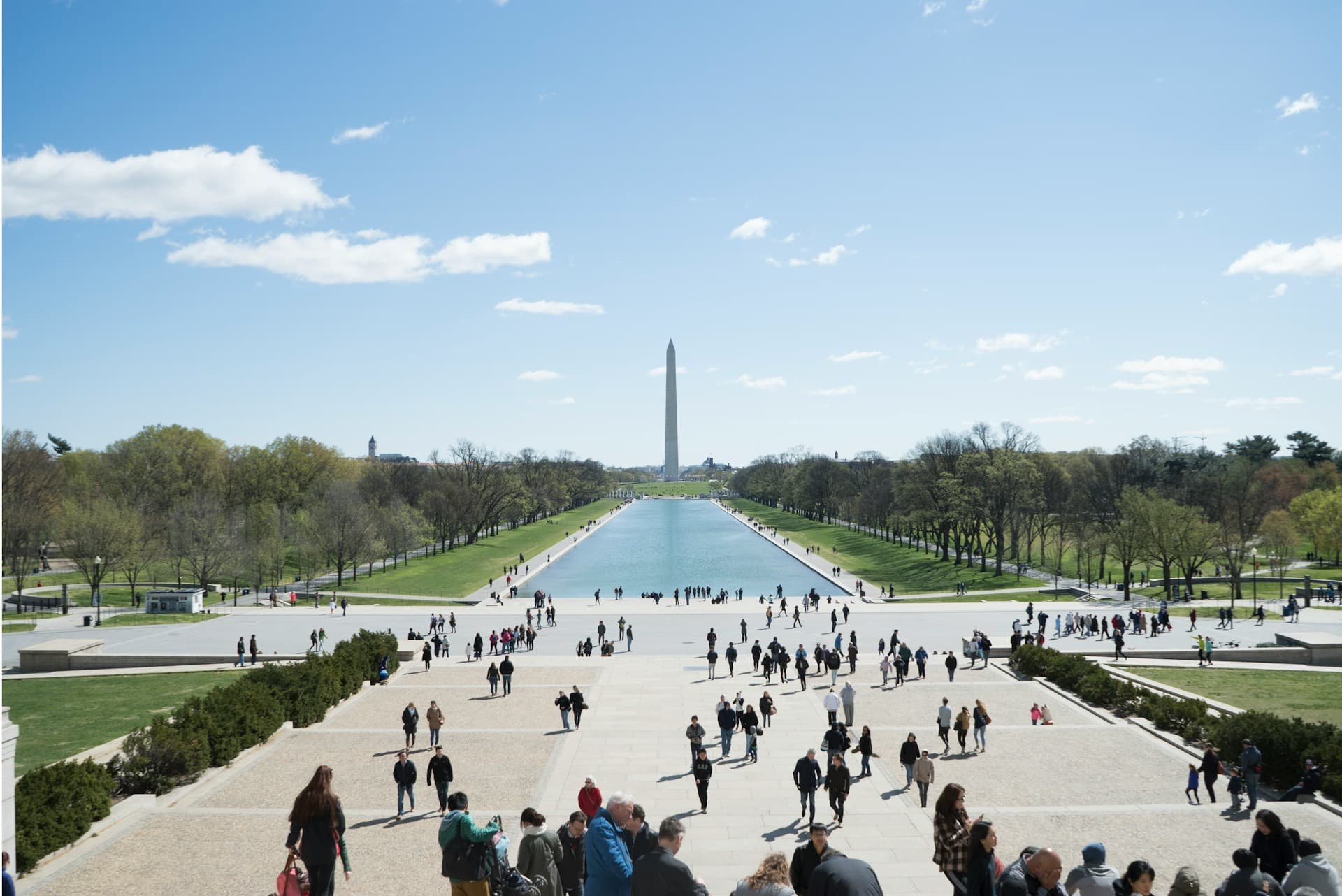Challenging the Myth: The Significance of Independent Voters in American Politics
Independent and third-party efforts are no strangers to attacks in the media and from party elites. The latest victim of an organized takedown of a challenger to the two parties has been No Labels, the centrist group organizing a 2024“Presidential Unity Ticket” to offer independent and moderate voters an alternative to the likely Democratic and Republican nominees: Joe Biden and Donald Trump.
Historically, independent candidates and groups attempting to mobilize the growing number of voters who are ditching the two-party labels have been dismissed as spoilers or wasted votes. In the run-up to 2024, however, a new attack has emerged that partisan warriors and political scientists have embraced -- one recently seen in a New York Magazine piece. They assert that self-identified independent voters, despite representing a plurality of voters nationally, are in fact not independent at all.
This argument is flawed. Polling and demographics prove that independent voters exist, are growing in numbers, and are eager for a viable alternative.
The argument that independent voters are a myth is propped up by the notion that most independent voters “regularly vote for one party or the other and just prefer to think of themselves as independent.” Hyper-partisans either don’t want to admit or actively choose to ignore that voters' approval of the government, regardless of party affiliation, is near a record low:
Just 16% approve of Congress in the latest polling and 71% believe that the country is headed in the wrong direction.
It’s true that most independents lean one way or another within the two-party system, but this is because voters are trapped without viable alternatives. Most end up voting for the “lesser of two evils.”
This phenomenon was on full display in 2016, when a Pew poll found that only 12% were excited to vote for Clinton and 11% for Trump. 33% of all voters stated that they were voting against a candidate versus for one.
Independent voter turnout does not reflect covert partisanship, but does reflect the restrictive nature of the current political system, which limits the emergence of viable alternatives. Extensive barriers to entry, including ballot access restrictions, first past the post voting, and limited media coverage, make it exceedingly difficult for independent candidates to gain traction and therefore leave voters dissatisfied with their options.
The New York Magazine article also fails to acknowledge new data indicating growing numbers of voters signaling their political independence and desire for more options in politics. A Gallup poll before the 2022 midterm elections showed 56% of Americans believed that Republicans and Democrats “do such a poor job that a third major party is needed.” Gallup also released a poll in April that revealed that a record 49% of Americans identify as politically independent - up from 43% last year.
If people were genuinely satisfied with the two-party system, we would expect partisan affiliation to dominate, rather than independent identification.
Ignoring these trends to score a hit on No Labels misses the real story. With the right candidates and organization, an independent alternative is electorally viable.
So, what can we do to make this happen? It’s worth a try, but top-down, national approaches like No Labels’ face serious obstacles. An alternative approach to this movement is starting locally with high integrity, grassroots independent campaigns.
Nearly 70% of elections go uncontested around the country, with the bulk of these at the local and regional level. Running and electing more independent candidates to local office will increase the pool of promising independent elected representatives.
By building trust, excitement, and a base of support in communities, a slingshot effect will be created for independent candidates to run viable campaigns for state and federal office. Our team at Good Party is taking this approach. We’re recruiting candidates around the country to run for city council seats, providing them free tools to run better campaigns, and building a nationwide network of independent voters volunteering their time to help them win.
Independents exist, and they’re coming.



